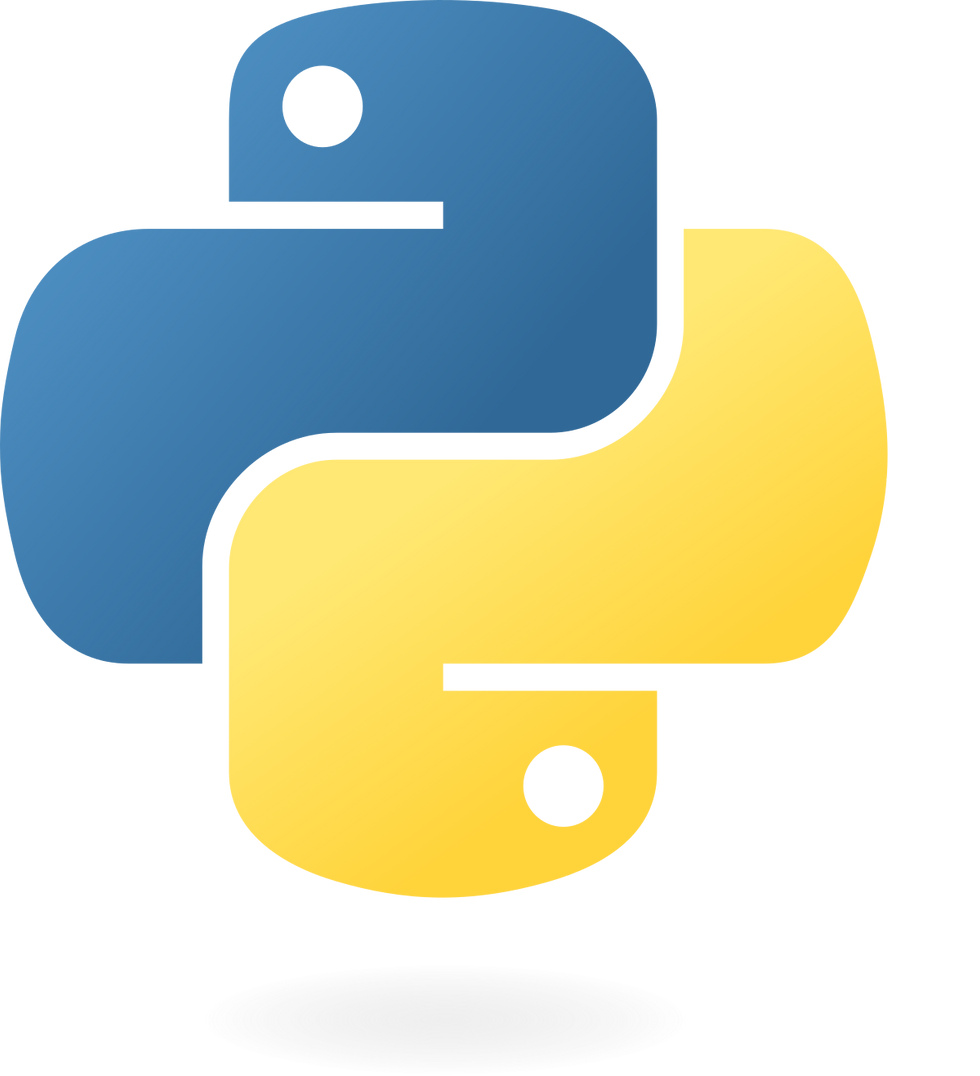Jobs v Wozniak: Who Added More Value?
- Rick Pollick

- Jan 26, 2024
- 5 min read
Updated: Jan 30, 2024

Alright, folks, let's settle into a cozy corner of tech history and stir up a debate that's as old as the Apple I itself: Who added more value to the world, Steve Jobs or Steve Wozniak? Before you start throwing your vintage Macintosh computers at me, hear me out. This isn't about pitting two legends against each other in a tech gladiator match; it's more about appreciating the unique flavors they brought to the tech stew. So, grab your popcorn (or, if you're feeling nostalgic, a floppy disk to fidget with) and let's dive in.
The Wizard Behind the Curtain: Steve Wozniak
Let's start with "The Woz." Steve Wozniak is the tech wizard, the man who could make circuits do ballet and hardware sing opera. Without Wozniak, the Apple I, the seed from which the mighty Apple empire grew, wouldn't have existed. He's the embodiment of the engineer's engineer—someone who creates not for the fame or the money but for the sheer joy of solving a puzzle and the thrill of innovation.
Wozniak's contribution to the tech world goes beyond just the products he built. He laid the groundwork for personal computing, making technology accessible to the masses. Before Woz, computers were the domain of businesses and universities, locked away in giant rooms and guarded by a priesthood of technicians. Wozniak made it personal, fun, and approachable. He demystified computing, and that's a kind of value that's hard to quantify but impossible to ignore.
The Maestro of the Show: Steve Jobs
Now, onto Steve Jobs. If Wozniak was the wizard behind the curtain, Jobs was the maestro of the show, the visionary who saw not what was, but what could be. Jobs had an uncanny ability to understand the human side of technology. He knew that for technology to change the world, it had to connect with people on an emotional level, it had to tell a story, and oh boy, did he know how to tell a story.
Jobs added value by transforming technology from a tool into an experience. Under his guidance, Apple products became more than just gadgets; they became extensions of our identities, our aspirations, and our creative selves. He introduced the world to the idea that design and user experience are not just icing on the cake but integral ingredients of innovation. Jobs made technology not just accessible but desirable.
The Yin and Yang of Innovation
Trying to weigh the contributions of Jobs and Wozniak against each other is like trying to decide whether the brush or the paint is more important to the masterpiece. They are two sides of the same coin, the yin and yang of innovation. Wozniak's genius in engineering and design made the impossible possible, while Jobs' vision and charisma made the possible desirable.
The value they added to the world wasn't just in the products they created but in the way they reshaped our relationship with technology. Wozniak showed us that technology could be personal, accessible, and fun. Jobs showed us that technology could be beautiful, aspirational, and human.
So, Who Added More Value?
Asking who added more value between Jobs and Wozniak is like asking which wing of a plane is more important. They both lifted Apple off the ground and changed the trajectory of technology forever. The real value isn't in choosing one over the other but in appreciating the balance they brought to each other and the world.
In the end, whether you're Team Woz or Team Jobs, one thing is clear: the tech world is infinitely richer for having had them both. So, let's raise our iPhones (or Apple IIs, if you've got one handy) to two men who didn't just make history; they made the future.
The Jobs-Wozniak Dynamic: A Lesson for Teamwork
Now, let’s pivot a bit and think about how the Jobs-Wozniak dynamic applies to teamwork in any field, not just in tech. The interplay between these two legends teaches us a fundamental lesson about the power of diverse talents and perspectives within a team. It's a vivid illustration that the sum is indeed greater than its parts when different strengths are harnessed together towards a common goal.
Complementary Skills Are Key
The Jobs-Wozniak partnership underscores the importance of complementary skills within a team. Just like Wozniak’s technical genius paired with Jobs’ visionary outlook propelled Apple into the stratosphere, diverse skill sets within a team can create a fertile ground for innovation. It's a reminder that teams need both dreamers and doers, visionaries and executors, to turn grand visions into tangible realities.
Balancing Vision and Execution
In any project or company, you need the visionaries—the Jobs of the team—who can look beyond the horizon and imagine what’s not yet there. But equally, you need the Wozniaks, those with the expertise and dedication to build the foundation that turns vision into reality. This balance between vision and execution is crucial. Too much dreaming without doing, and you’re building castles in the sky. Too much doing without dreaming, and you may lose sight of why you’re building in the first place.
The Importance of Mutual Respect
What made Jobs and Wozniak successful wasn’t just their individual talents but their respect for each other's abilities. Even though they often disagreed, there was an underlying respect for what the other brought to the table. This mutual respect is vital for any team. It encourages open communication, fosters a culture of collaboration, and helps navigate conflicts constructively. When team members value each other’s contributions, they’re more likely to listen, adapt, and innovate together.
Embracing Different Perspectives
The Jobs-Wozniak story is also a testament to the strength of embracing different perspectives. Their differing viewpoints on what technology should be and do could have been a point of contention. Instead, it became their greatest strength. In today’s teams, encouraging diverse perspectives can lead to breakthrough ideas and solutions that wouldn’t be possible in an echo chamber of similar thoughts.
Learning from Both Leadership Styles
Finally, examining Jobs and Wozniak offers insights into different leadership styles and their impact on a team. Jobs’ ability to push boundaries and inspire can teach leaders the value of a compelling vision and high standards. Meanwhile, Wozniak’s approachable genius and focus on the joy of creation highlight the importance of passion for the work and the value of leading by example.
Wrapping It Up: A Synergistic Approach to Teamwork
In reflecting on Jobs and Wozniak, it’s clear that the magic happens at the intersection of different talents, perspectives, and leadership styles. For teams today, embracing this lesson means fostering an environment where diverse skills are not just recognized but celebrated; where vision meets execution in a dance of innovation; and where mutual respect paves the way for collaboration.
The Jobs-Wozniak dynamic isn’t just a relic of tech history; it’s a blueprint for building teams that are resilient, creative, and ultimately, successful. By valuing the unique contributions of each team member and finding the balance between dreaming and doing, teams can achieve more than they ever thought possible. So, here’s to finding your team’s unique blend of Jobs and Wozniak, and to the incredible places it can take you!









